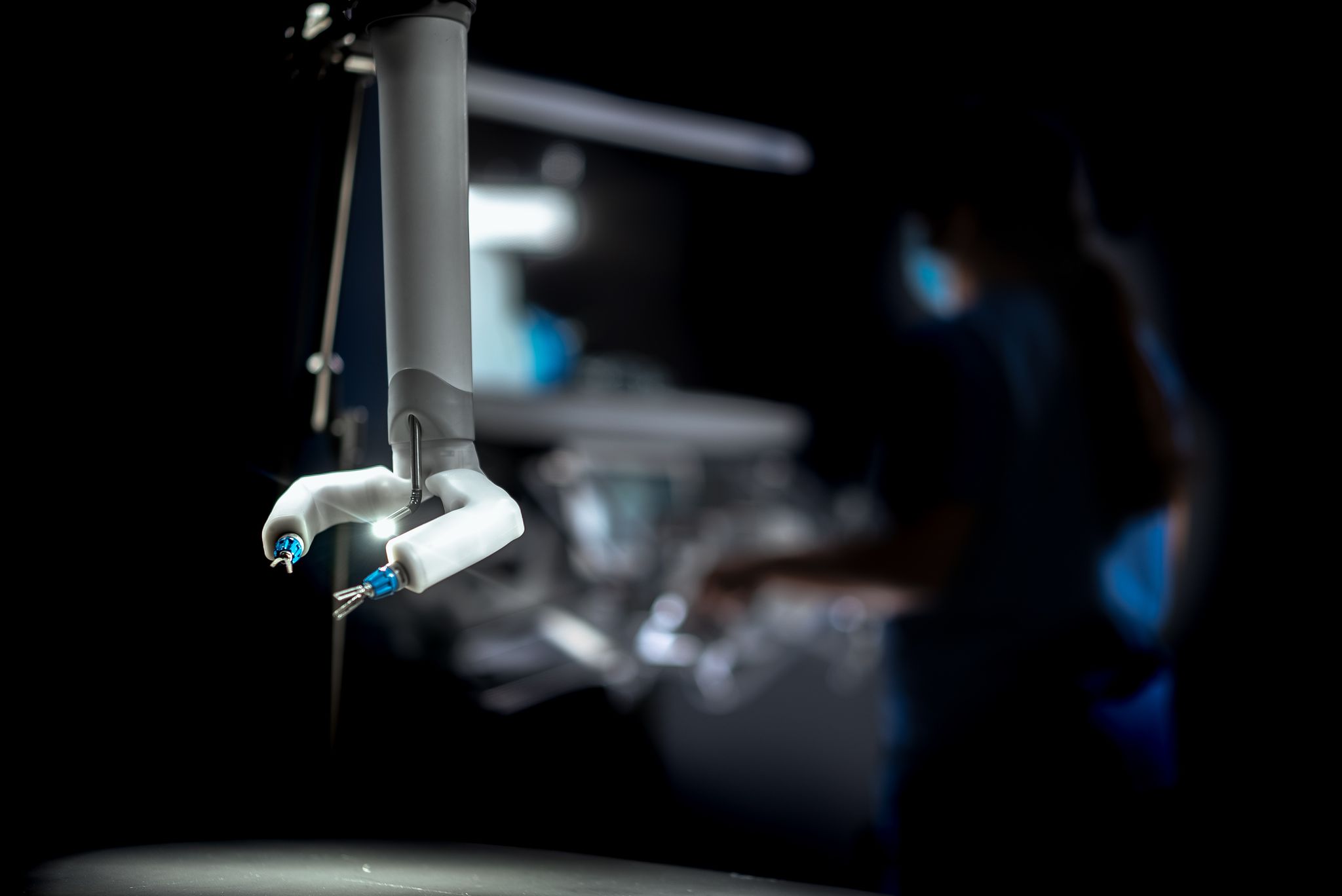The Minituarized In-vivo Robotic Assistant (MIRA) will be flying to the International Space Station for a test mission.
This would be welcome for NASA and other space agencies who plan to eventually send astronauts on missions requiring extended periods of time on the Moon and Mars.
“As people go further and deeper into space, they might need to do surgery someday,” said professor of engineering Shane Farritor.
“We’re working toward that goal.”
Farritor and colleagues at the University of Nebraska-Lincoln (UNL) want to use the robot they developed to address the issue of astronauts potentially needing surgery in space where it is impractical to fly doctors or patients to and from locations.
“NASA has been a long-term supporter of this research and, as a culmination of that effort, our robot will have a chance to fly on the International Space Station,” he said.
The technology could one day be a solution for medical emergencies in space requiring surgery in situations when astronauts are far from home, like when they are on a mission to Mars.

To ensure MIRA will operate as intended in space and come out of a launch intact, the next year will be spent performing tests and configuring it to fit inside a standardised space station experiment container.
MIRA is able to be inserted through a small incision enabling doctors to perform abdominal surgery in a minimally invasive way.
It has been previously used successfully by surgeons to perform colon resections.
Another advantage is that it can be used remotely, a former NASA astronaut Clayton Anderson was able to use MIRA to perform surgery-like tasks while he was 1,448 kilometres away.
The robot was developed by Virtual Incision, a company that was co-founded by Farritor in 2006.






